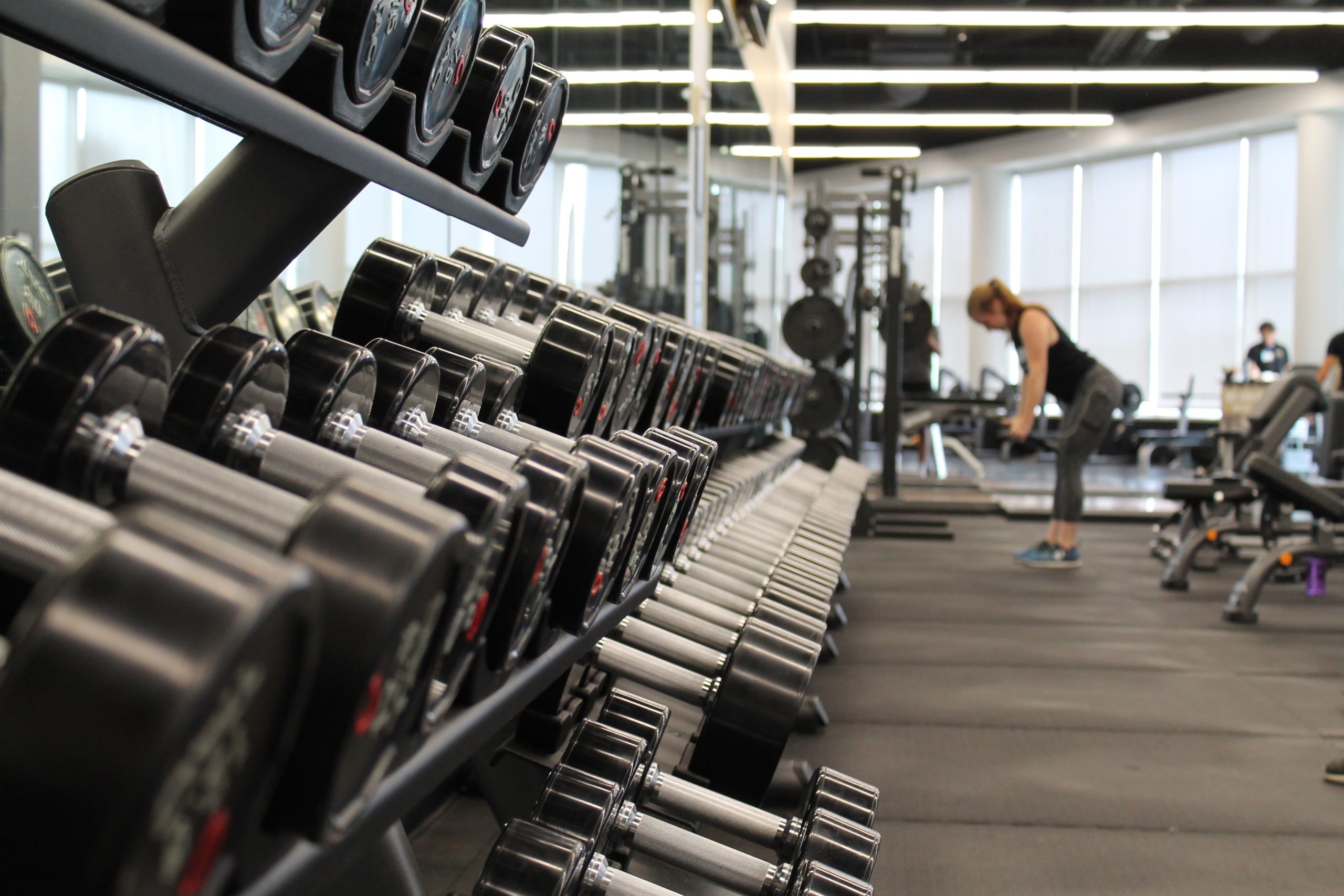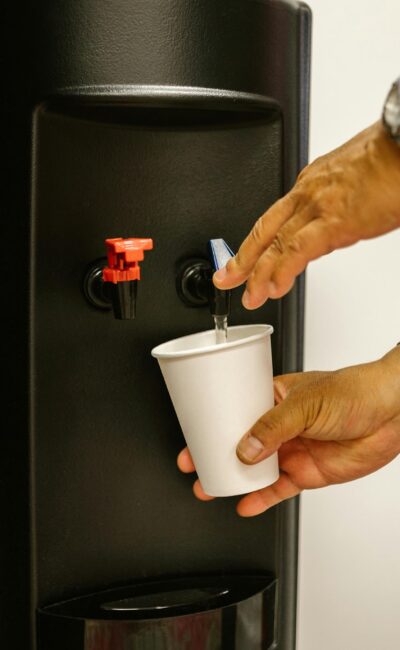In 2020, gyms, yoga studios, and other exercise facilities had to reimagine their setup or shut their doors completely due to the Covid 19 pandemic. Every health club and fitness facility is navigating the ongoing changes based on varying restrictions. Reopening fitness centers comes with the challenge of maintaining a limited capacity of people. It also requires upholding stringent cleaning and sanitization protocols due to all the frequently touched surfaces in their spaces.
As businesses decide what their facilities will look like and how they’ll plan for a full reopening in the future, these are a few guidelines that should be followed to protect the health and safety of all.
Apply Social Distancing Protocols
To promote keeping a six-foot distance, part of reopening fitness centers includes moving or disabling equipment to accommodate for these spacing needs. This may include having every other treadmill available for use, installing plastic shields between stationary bikes, or extending to an outdoor area to create as much space as possible to accommodate guests within your fitness club.
Social distancing also applies to staff and guests visiting the fitness facility throughout the day. Many cities have limits on capacity for how many people are allowed inside at any given time to prevent the spread of infection. Depending on the fitness center setup, this includes everyone from front-desk staff to fitness instructors to guests themselves. It’s necessary to have employees who will be responsible for assessing and controlling these regulations.
Furthermore, amenities, such as steam rooms and childcare services, may be temporarily discontinued to meet the allowed headcount and abide by the limitation on group gatherings. Another option that better aligns with social distancing measures is moving operations outdoors, weather permitting.
In warmer climates, like Southern California, cycling studios have spaced bikes apart for a smaller number of attendees and moved their classes outdoors. Other gyms and instructors have taken to parks, beaches, or even parking lots to hold weightlifting or cardio classes in a spaced-out setup. Figuring out how to reopen under stricter guidelines and social distancing takes ingenuity to make things work.
Use of Technology for Sanitation
Technology has become an essential part of business across all industries. To limit in-person contact as much as possible, fitness centers can use an app or sign-up link where gym members can reserve a spot in class or a time slot to use equipment. Since they can do this from their own phone, it eliminates the need for a thumbprint scan or prolonged face-to-face contact at the front desk in order to work out. An app also helps to keep patrons updated about changing gym hours or closures. Plus, it tracks space availability in real-time and any new classes that are added to the week as business begins to ramp up.
Providing contact-free amenities is another valuable part of reopening fitness centers. Rather than relying on water faucets that fester germs and are hard to maintain cleanliness and sanitization, a better idea is installing a FloWater Refill Station. This allows people to use their own reusable water bottles to fill up quickly and limit contact. Providing a clean and easy-to-use water station encourages gym-goers to stay hydrated and is one of our favorite tips to drink more water. The sleek design prevents buildup of germ and grime, which makes it easier to maintain its cleanliness.
Additionally, the Refill Station’s multi-step filtration system provides self-sanitization through the use of activated oxygen and is able to provide chilled, purified water on-demand for any size crowd. It only takes nine seconds to fill a 24-ounce water bottle, which eliminates the formation of lines, allowing people to keep their distance while still staying hydrated.
Flexible Memberships and Cancellation Policies
Reopening fitness studios will be a slow and hopefully, steady process. There will be several precautions still in place going into the new year to prevent exposure to Covid-19. Moreover, people will be getting used to schedules that may alter when they’re available to visit the gym.
It’s smart for indoor fitness centers to allow for flexibility in membership plans and class sign ups with clear directives about cancellation policies. lf you’re limiting the number of people who attend fitness classes, ensure there’s a policy for those who are no-shows or cancel at the last minute to keep operations running as smoothly as possible. While everyone is trying to adjust as best as possible, communication among all parties is what will make the reopening process more successful.
This provides transparency and allows people to know ahead of time what they’ve signed up for without making them feel locked in to something right away. It also leaves room for the possibility of another temporary shutdown or lack of classes and how gyms may have to adapt to these changes again.
Gym memberships in the past were usually set for a six-month or 12-month contract to get the best pricing. However, businesses that move to a month-to-month model have a better chance of motivating people to return to their gyms because there’s not as much risk of commitment involved which is important as things remain uncertain.
Additionally, leaving the option of remote instruction or online videos available as gyms begin to slowly reopen is a good hybrid system for fitness centers. Some members and first time guests may have become accustomed to the flexibility and safety they feel exercising in the comfort of their own homes. Gauging the popularity of online classes and video downloads over time will help drive business decisions of whether to keep these updated or to slowly transition back to primarily an in-person setup.
How to Make Guests Feel More Comfortable
Guests look to businesses to inform them about state restrictions and updates about reopening or changes to the facility. Keeping an open dialogue and sharing ways your fitness center is adapting will help make people feel more comfortable and confident visiting your gym or studio. Make communication clear on social media, through a newsletter email, and onsite to reiterate consistent messaging and meet people where they receive their information the most.
Some of these best practices to address comfortability include:
- Improving ventilation of the space where possible. Many facilities have had to adjust their ventilation system to increase airflow and ensure their heaters and air conditioning units are working at their maximum level. Buildings that have windows or doors to allow increased circulation should be kept open when the weather allows for it.
- Keeping the bathroom stocked with soap and hand dryers is important to promote thorough hand washing. Also, make hand sanitizer available at various areas throughout the gym, including the front desk, bathroom, and other stations throughout the facility.
- Temporarily closing the gym for an hour or two during the day for a full wipedown of all equipment and materials. This along with regular sanitization will help improve the spread of germs on surfaces. Make paper towels and sprays for guests to wipe down their own stations readily available so that everyone can do their part.
- Limit hours to monitor the flow of reopening before fully resuming normal business operations. Take into account which parts are effectively working and which need improvement. It’s easier to access this when guests are gradually allowed entrance.
- Open sections of the facility in phases. Areas where social distancing may not be possible, such as locker rooms, indoor courts, and childcare areas may need to be temporarily closed as gyms reopen to minimize the risk of infection. As progress is made, these can slowly start to meet capacity.
How to Make Employees Feel More Comfortable
In addition to the steps of making guests feel as comfortable as possible, it’s equally important to give employees the proper tools and guidance to feel safe and taken care of as well. This requires all-company training, consistent and clear communication about updates, and flexibility regarding shifts and paid time off when they feel sick or have been exposed to Covid-19. Best practices outlined by the Centers for Disease Control and Prevention include:
- Regular temperature checks at the start of a shift. Fever is one of the most common symptoms of Covid-19. By implementing temperature checks for staff members, as well as enforcing a stay-home directive when they’re feeling ill will help spread infection.
- Training that involves how to follow and implement social distancing measures, wearing face masks, and disinfecting high-touch surfaces is necessary. It gives employees a broad understanding so they can feel confident to carry out the new measures required to reopen the facilities in a safe way.
- Providing cleaning supplies. Every fitness center will see an increase in the amount of anti-bacterial wipes and cleaners to constantly sanitize high-touch surfaces, machinery, mats, rollers, and other operational and gym equipment that’s used everyday.
- Limiting in-person contact through automation. This requires using devices that don’t require the employee to handle a guest’s credit card or use pens to sign documents. This can be achieved through an app or a gym’s website instead.
- Allowing employees to experience job security if they need to go home because they feel sick or have symptoms. Implement a straightforward policy of expectations to let employees know their safety is paramount and what the contingency plan is if this cuts down on the number of staff members available. In fact, there are plenty of employee satisfaction ideas to help support each employee’s journey.
Although everyone is anxious to be back in the gym on their regular schedules, taking time to ensure all safety measures are followed is key to the health of everyone. Reopening fitness centers will be a learning process as updated information is available for how to safely do so in a permanent way.
Source:
https://www.cdc.gov/coronavirus/2019-ncov/community/organizations/gym-employers.html




